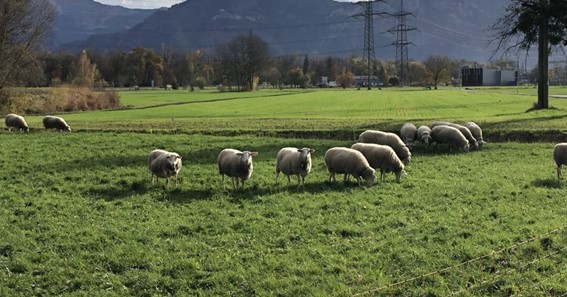Wool has been a go-to fabric for centuries due to its warmth, durability, and natural moisture-wicking properties. However, it is often seen as a fabric best suited for colder seasons due to its insulating properties. That is, until the emergence of water-resistant wool. It is a revolutionary fabric with all the benefits of traditional wool, but with the bonus, is wool waterproof? This innovative fabric is versatile, adaptable, and suitable for all seasons. This blog post will explore the fabric’s versatility and adaptability towards the water.
Features
The fabric has several unique features that set it apart from traditional wool. Here are the key features to know: is wool waterproof or not?
- Water Resistance: The water-repellent coating of the fabric keeps water from penetrating the fibres. This means the fabric will not absorb moisture and dry quickly, making it ideal for use in wet conditions.
- Breathability: Although the fabric is water-resistant, it remains breathable. Its natural properties promote air circulation, regulating body temperature and preventing overheating.
- Durability: It is incredibly durable and resistant to wear and tear. The water-repellent coating also helps prevent stains and odours, making the fabric easy to care for and maintain.
- Versatility: It is a versatile fabric used in various applications, including clothing, outerwear, and home textiles.
Benefits
Water-resistant wool offers several benefits over traditional one and synthetic fabrics. Here are some of the advantages of this innovative fabric:
- All-Season Use: It is suitable for use in all seasons. Its water resistance makes it ideal for wet weather, while its breathability ensures comfort in warmer temperatures.
- Sustainability: It is made from 100% natural wool, a renewable resource. The water-repellent coating is also eco-friendly and does not contain harmful chemicals.
- Comfort: It is incredibly comfortable to wear. Its breathability ensures the wearer does not overheat, while its water resistance keeps them dry in wet conditions.
- Style: It is a stylish fabric that can create various looks. It is available in various colours and textures, making it suitable for various applications.
Click Here- How To Use A Fish Stringer?
Applications
The fabric can be used in various applications, including clothing, outerwear, and home textiles. Here are some examples of how this innovative fabric can be used:
- Clothing: The fabric can create various clothing items, including pants, skirts, and dresses. Its water resistance makes it ideal for wet conditions, while its breathability ensures comfort in all temperatures.
- Outerwear: It is perfect for outerwear, including coats and jackets. Its water resistance keeps the wearer dry in wet weather, while its durability ensures that the garment will last for many years.
- Home Textiles: It can be used to create a variety of home textiles, including blankets and throws. Its water resistance ensures that the fabric stays dry and is easy to clean, making it perfect for use in homes with children and pets.
- Accessories: It can also create a range of accessories, such as hats, scarves, and gloves. These items are perfect for wet weather, keeping the wearer warm and dry.
Caring Instructions
- Maintaining the fabric is simple. Below are some guidelines to assist you in preserving the quality of your garments:
- To machine wash, use a gentle cycle: You can use a gentle cycle to machine wash. Use mild detergents or shampoos, and avoid using fabric softeners or bleach.
- Let it air dry: Allow your garments to air dry after washing. Do not tumble dry or wring them out, which may harm the water-repellent coating.
- Proper storage: Store your garments in a cool, dry area when not in use. Avoid hanging them in direct sunlight or damp areas, as this could damage the fabric.
Conclusion
Water-resistant wool is a versatile and adaptable fabric that offers all the benefits of traditional fabric, with the bonus of being water-resistant. It is suitable for use in all seasons and can create a range of garments and textiles. It is also sustainable, comfortable, and easy to care for. It is the perfect fabric for a more eco-friendly and durable alternative to synthetic materials.
